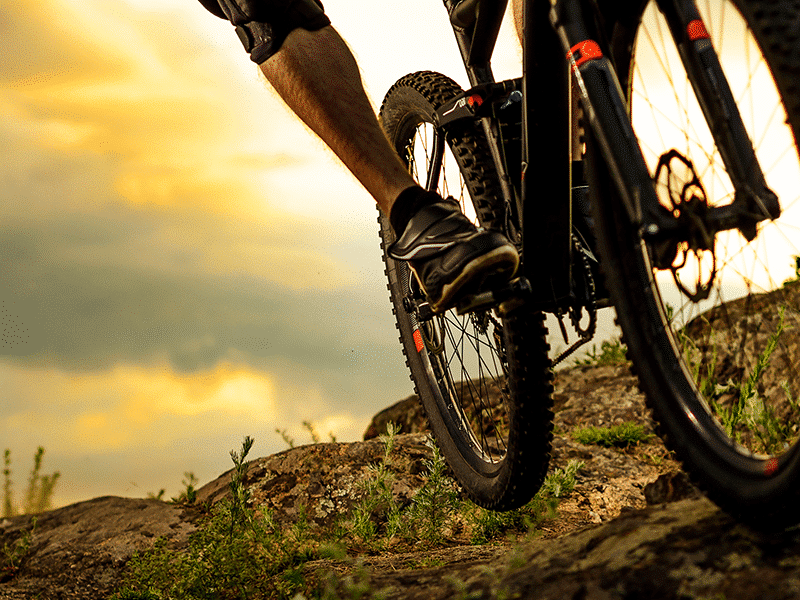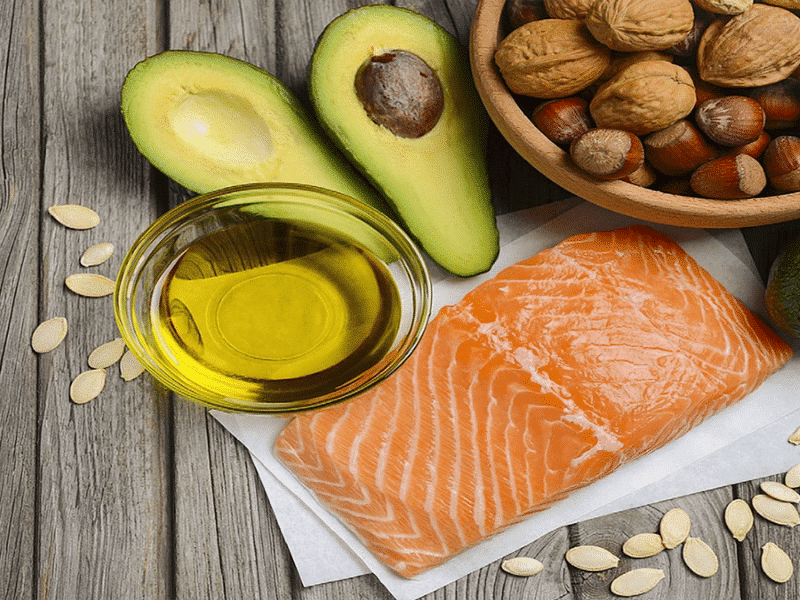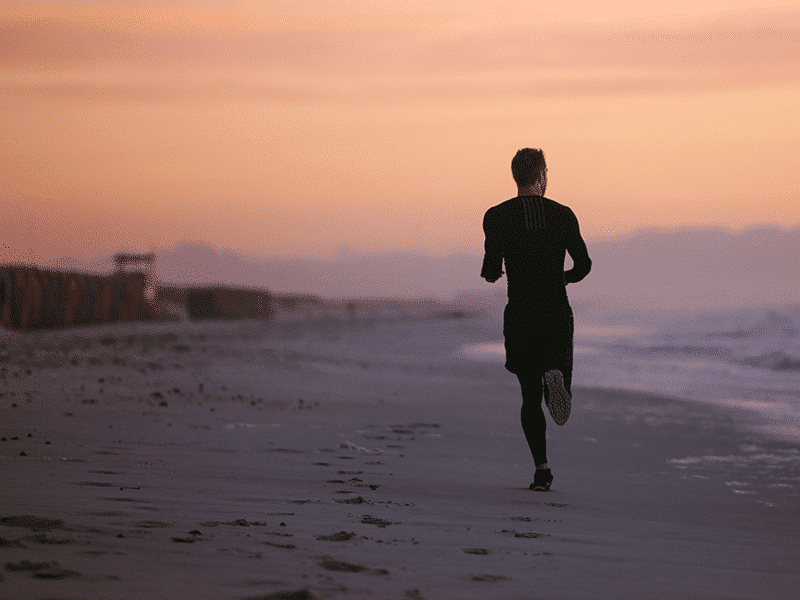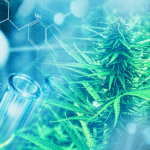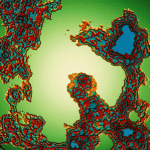As soon as researchers began noticing in the early 2000s that circulating endocannabinoid levels in the human body become elevated during exercise, the term “runnner’s high” took on new meaning. According to a prescient 2004 article in Runner’s World, by then experts were already questioning the old endorphin model and starting to come around to cannabinoids, specifically anandamide, which, like THC, binds to the CB1 receptor and, also like THC, produces both analgesic (pain-killing) and euphoric effects.
But the matter was far from settled. Research into the source of the runner’s high and precise role of the endocannabinoid system (ECS) continued well through the 2010s. And while the basic mechanics and effects of endocannabinoid production during exercise are much more widely accepted today, deeper aspects of this connection continue to be probed – touching on implications of cannabis use for athletic performance, relationships between THC intake and exercise motivation, and other aspects of ECS function. After all, with exercise affecting systems throughout the body including heart and respiratory rates, metabolism, and cognition, this “master regulator” is bound to be involved.
Reviewing the Runner’s High
Just a few months ago, a journal aimed at healthcare professionals called The Neuroscientist published a review with the skeptical title, “Do Endocannabinoids Cause the Runner’s High? Evidence and Open Questions.”1 Spoiler alert: yes, they do. “Exercise-induced increases in endocannabinoids seem to be associated with features of a runner’s high, namely, decreased levels of anxiety and increased euphoria… [and] decreased perception of pain after exercise,” the Germany-based authors write.
The article ends with an interesting “recipe to stimulate endocannabinoid release under laboratory conditions.” It notes that “running seems to be the best way to increase endocannabinoid levels in the blood, followed by cycling” and that “duration should be at least 20 minutes to achieve anxiolytic, analgesic, and positive mood effects.” The authors also observe that the highest positive mood effects can be expected after 30 to 35 minutes of exercise.
Exercise & the ECS
A paper published in December 2021 in Cannabis and Cannabinoid Research2 helps further consolidate decades of evidence around the effects of exercise on circulating endocannabinoid levels through the field’s first meta-analysis, or statistical synthesis of results from previous studies.
Researchers at Wayne State University (Michigan), Washington State University, the University of Texas at Austin, and the University of Calgary began by screening a total of 262 articles, of which 33 met criteria for inclusion in a systematic review. Among these, ten contained sufficient data to be included in the meta-analysis, which confirmed a “consistent increase in both AEA and 2-AG [the other primary endocannabinoid] following acute exercise across modalities (e.g., running, cycling), species (e.g., humans, mice), and in those with and without pre-existing health conditions (e.g., PTSD, depression).”
Along with confirming these general trends, the meta-analysis also turned up some inconsistencies. “There was substantial heterogeneity in the magnitude of the effect across studies, which may relate to exercise intensity, physical fitness, timing of measurement, and/or fasted state,” the authors write. Effects of chronic or long-term exercise on circulating endocannabinoids were also inconsistent, reinforcing the idea that momentarily elevated levels during exercise are linked to the fleeting, sometimes ethereal “runner’s high.”
CBD, Exercise Physiology & “Bioenergetics”
Unlike anandamide and THC, CBD does not bind to the CB1 receptor. So it’s unlikely to have much effect on the runner’s high. But given cannabidiol’s indirect interactions with both CB1 and CB2, activity at a variety of other receptors, and broad range of known physiological effects – including counteracting pain, inflammation, and stress – one might assume it could somehow impact the body during exercise.
And according to the results of a randomized and controlled pilot study published in March 2022 in the journal Sports Medicine,3 it does – though the precise nature of that effect remains uncertain. Due to small effect sizes among a cohort of just nine endurance-trained male athletes, the researchers were unable to draw any clear conclusions.
Without impairing performance, “CBD appears to alter some key physiological and psychological responses to aerobic exercise,” they write – including feelings of pleasure during exercise, exercise-induced inflammation, and VO2 and VO2max, measures of the amount of oxygen the body can utilize during exercise. “Larger studies are required to confirm and better understand these preliminary findings.”
Physical Activity, the ECS & Metabolic Health
Moving beyond the runner’s high, a third recent review zeroes in on the role of the endocannabinoid system as a mediator of metabolic health benefits from exercise. Or, to look at it another way, the paper, published by Polish researchers in the International Journal of Molecular Sciences (March 2022),4 begins by attributing insulin resistance, type-2 diabetes, non-alcoholic fatty liver disease, and other signs of metabolic imbalance to dysregulation of the endocannabinoid system that may be corrected through exercise.
While individual links in this chain are supported by existing scientific evidence, “data showing a direct correlation between the ECS and physical activity in the aspect of metabolic health are very scarce,” the authors write. Their paper seeks to summarize the current state of knowledge supporting the targeting of the ECS through physical exercise to treat and prevent metabolic disorders. It’s an interesting academic exercise that could potentially point toward customized exercise regimes for treating these harmful and increasingly prevalent conditions.
Nate Seltenrich, Project CBD contributing writer, is the author of the column Bridging the Gap. An independent science journalist based in the San Francisco Bay Area, he covers a wide range of subjects, including environmental health, neuroscience, and pharmacology. © Copyright, Project CBD. May not be reprinted without permission.
Footnotes
- https://journals.sagepub.com/doi/10.1177/10738584211069981?url_ver=Z39.8…
- https://www.liebertpub.com/doi/10.1089/can.2021.0113?url_ver=Z39.88-2003…
- https://sportsmedicine-open.springeropen.com/articles/10.1186/s40798-022…
- https://www.mdpi.com/1422-0067/23/6/3083/htm
Recommended Readings
Exercise Modulates Endocannabinoid Activity
Chinese scientists describe how the ECS may mediate the numerous cognitive effects of exercise.
Diet & the Endocannabinoid System
New research on how the ECS impacts hunger, diet, digestion, and energy metabolism.
Exercise for Depression
Endocannabinoid levels are often diminished with depression.


